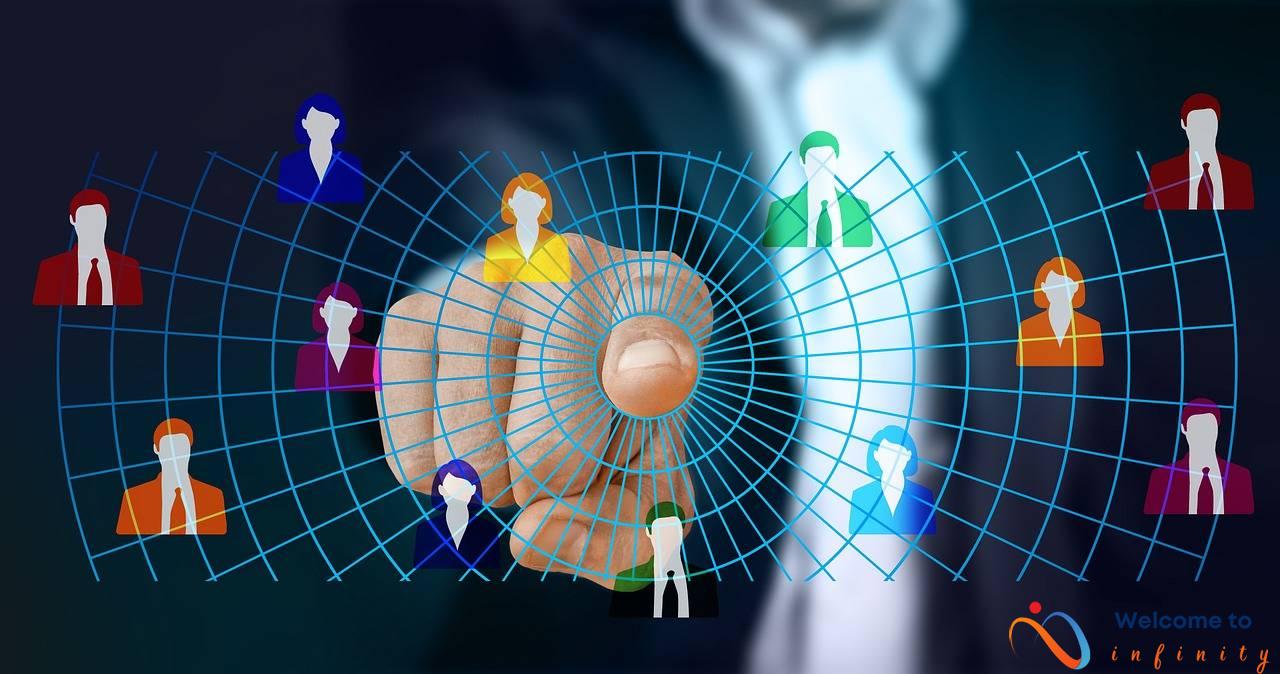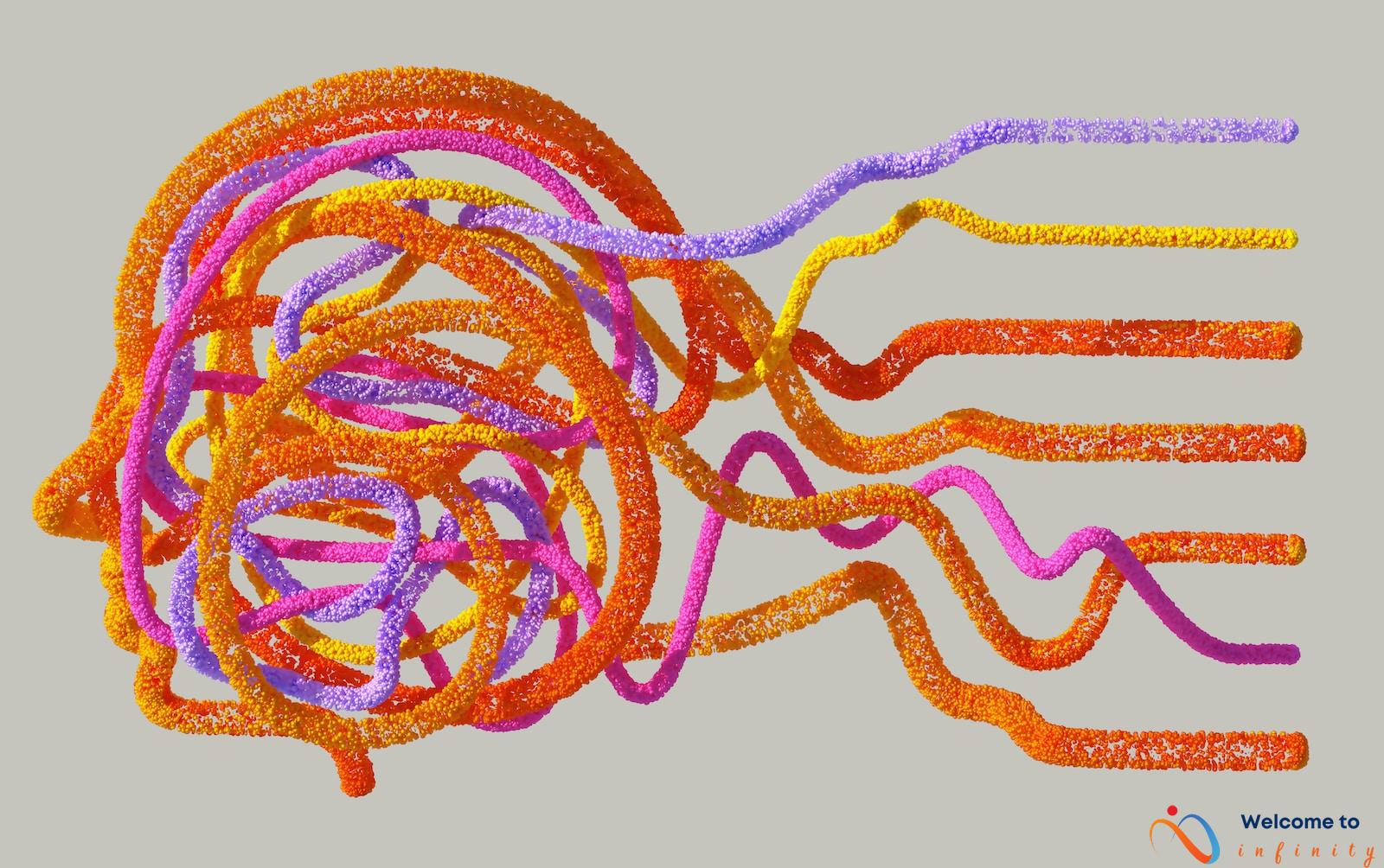Text mining is the process of extracting useful information from unstructured text data. In the biomedical field, this methodology is used to extract medical knowledge from a vast array of texts, including electronic health records, biomedical literature, and clinical trial reports. The challenge lies in managing the vast amounts of data produced, and making relevant information easily accessible for healthcare professionals and researchers alike.
The primary objective of biomedical text mining is to identify relevant information in the texts, such as the causes, symptoms, treatments, and outcomes of various medical conditions. This can help healthcare professionals to make more informed decisions and improve patient outcomes. Text mining also enables the identification of significant trends and patterns in large datasets that might be challenging to interpret manually, or virtually impossible to identify without text mining and data analysis.
Text mining in the biomedical field is not without its challenges, with one of the primary challenges being the complexity of medical terminology. Specialized medical jargon and abbreviations can often be ambiguous, leading to difficulty in interpreting texts correctly. Additionally, biomedical literature is often written in multiple languages, which can pose difficulties for the automated processing of data.
Despite these challenges, text mining has numerous applications in the biomedical field. For example, it is used in the drug development process to identify potential new drugs, with text mining enabling a much more comprehensive analysis of the potential efficacy, toxicity, and side effects of new drugs. Text mining is also used to support clinical decision-making by allowing healthcare professionals to access the most up-to-date medical research and literature in a convenient and easily digestible format. Public health surveillance is another area where text mining plays a significant role, helping to identify and track epidemiological trends in large datasets.
The future of biomedical text mining looks to be incredibly promising, with continued technological advances and innovation leading to even more applications and use cases. The use of machine learning and natural language processing has the potential to revolutionize the speed and accuracy of text mining in the biomedical field, enabling more effective disease prevention and treatment strategies. As the amount of data continues to grow, so too does the importance of biomedical text mining in extracting and analyzing the valuable medical knowledge hidden within.
What is Text Mining?
Text mining is a technique used to analyze and extract valuable information and insights from large volumes of unstructured text data. It involves the use of natural language processing (NLP), machine learning algorithms, and statistical models to extract useful knowledge from sources such as emails, chats, social media, and other written documents.
Text mining is commonly used in various industries, including healthcare, finance, and marketing, to gain insights into customer behavior, monitor industry trends, and improve decision-making processes. In the biomedical field, text mining has proven to be a valuable tool for improving the understanding of diseases and gaining insights into the effectiveness of certain drugs and treatments.
Text mining can be used to identify patterns, trends, and relationships between different medical conditions, uncovering hidden insights that are difficult to identify through traditional research methods. Its ability to extract insights from unstructured data can also provide valuable information for healthcare providers, enabling them to make more informed decisions and develop more effective treatment plans for their patients.
The role of text mining in the biomedical field is growing rapidly as researchers explore new ways to apply this technique to improve healthcare outcomes and discover new medical breakthroughs. With advances in NLP and machine learning algorithms, the possibilities for extracting insights from unstructured medical data are constantly expanding, making text mining an exciting area of research for the future of healthcare.
Challenges in Biomedical Text Mining
Biomedical text mining can be a difficult and complex task due to the specific challenges faced in the biomedical field. One of the biggest challenges is dealing with complex medical terminology. Medical terminology can be very specific and technical, and can differ between practitioners and researchers. This variation in language and meaning poses a challenge for text mining, as the system must be able to accurately recognize and interpret the relevant terms.
Another challenge in biomedical text mining is the language barrier. Biomedical texts can be written in multiple languages, and not all researchers or practitioners are fluent in all those languages. This can pose a problem for text mining since the system will need to accurately recognize and interpret words in different languages. This means that text mining systems must be able to accurately translate the various languages in order to extract medical knowledge correctly.
Furthermore, biomedical text mining also faces the challenge of dealing with incomplete or low-quality data. Some biomedical texts may contain incomplete or inaccurate information, which can make it challenging to extract medical knowledge reliably. Additionally, since the field is heavily regulated, there are many texts that are restricted from accessing, such as private medical records of patients.
Overall, while biomedical text mining has many potential benefits, it also faces specific challenges that need to be addressed in order to accurately extract medical knowledge from texts. By addressing these challenges, researchers and practitioners can continue to improve and develop new tools and methods for biomedical text mining to be increasingly accurate and reliable.
Terminology
Terminology is one of the biggest challenges when it comes to text mining in the biomedical field. Medical terminology is highly complex and specialized, and many terms are defined differently depending on the context and source. As a result, it is difficult to accurately identify and extract relevant information from texts.
One solution to this problem is the use of controlled vocabularies and ontologies. A controlled vocabulary is a standardized list of terms used to describe concepts within a specific domain, while an ontology is a formal system of categories and relationships between different concepts. By using these tools, text mining algorithms can be trained to recognize and interpret medical terms more accurately.
Another approach is the use of natural language processing (NLP) techniques, which can analyze the structure and meaning of texts to identify relevant concepts and relationships. For example, NLP algorithms can identify synonyms and related concepts to ensure that all relevant information is captured.
Despite these advances, the challenges of dealing with complex medical terminology remain a major obstacle to the widespread adoption of biomedical text mining. As medical knowledge continues to evolve and new terms are introduced, it will be necessary to continually update and refine the vocabulary and ontology resources used by these algorithms.
Language Barrier
One of the main challenges of applying text mining in the biomedical field is dealing with texts in multiple languages. Medical research and data collection occur globally, and therefore medical texts are often written in various languages. Dealing with different languages makes it difficult for researchers to extract meaningful information from the texts. Text mining tools are language-specific and require linguistic expertise and resources for each language.
One solution to the language barrier is to translate the text into a uniform language before applying text mining approaches. Translation tools such as Google Translate are widely available and can be used to translate texts into various languages. However, these tools cannot guarantee accurate translations and often fail to capture the context of the text. Therefore, manual translation might be necessary for more precise results.
Another challenge of dealing with texts in multiple languages is the need to deal with diverse terminologies. Medical terminologies vary across languages, and the same medical concept can be described using different terms. This creates a challenge when trying to extract information from texts as text mining systems need to map different terms to the same concept. Developing multilingual dictionaries and ontologies can help to overcome this challenge and ensure that the text mining systems can recognize and link synonymous terms across different languages.
In conclusion, dealing with texts in multiple languages is a significant challenge when applying text mining in the biomedical field. While translation tools and multilingual dictionaries can help to overcome this challenge, they are not always reliable, and manual intervention might be necessary for accurate results.
Applications of Biomedical Text Mining
Text mining is a valuable tool in the field of biomedical research and has a variety of applications. One of the most significant applications of biomedical text mining is in drug development. By extracting information from scientific literature, text mining can help identify potential drug targets and predict the efficacy of potential drugs.
Text mining is also used in clinical decision-support systems. For example, natural language processing can be used to extract relevant information from electronic medical records to suggest treatment options for patients with specific conditions. This not only saves time but also ensures that doctors have access to the latest data when making decisions about patient care.
Public health surveillance is another area where text mining plays a critical role. By monitoring social media, news articles, and other sources of information, researchers can detect outbreaks of infectious diseases and potential health threats early on. This allows public health officials to take quick action to mitigate the spread of disease, saving lives.
There are many other applications for text mining in the biomedical field. For example, it can be used to identify molecular interactions, discover disease-causing genes, and improve the accuracy of diagnosis. In summary, text mining is a powerful tool that has the potential to revolutionize the way biomedical research is conducted.
Drug Development
Text mining has proven to be extremely useful in the field of drug development. With the massive amounts of medical literature available, text mining allows researchers to more efficiently search through and analyze the vast amounts of data. This analysis can help identify potential drug targets and pathways, as well as potential side effects and interactions.
One of the key applications of text mining in drug development is the identification of potential drug targets. By analyzing protein interactions and genetic pathways, text mining can identify proteins or genes that may be involved in disease progression. This information can help researchers develop new drugs that target these proteins or genes.
Text mining can also be used to predict potential side effects and drug interactions. By analyzing literature related to a particular drug, researchers can identify potential risks and complications associated with that drug. This information can be used to modify or optimize the drug to reduce the risk of adverse events.
Text mining can also assist in the process of repurposing drugs. By analyzing literature related to a particular drug, researchers can identify other potential uses for that drug. For example, a drug that was originally developed to treat cancer may also be effective in treating other diseases such as Alzheimer's or Parkinson's.
Furthermore, text mining can assist in the identification of new drug combinations. By identifying proteins or genes that are involved in disease progression, text mining can assist in the development of drug combinations that target multiple pathways simultaneously. This approach can be particularly effective in treating complex diseases such as cancer.
In conclusion, text mining has proven to be an invaluable tool in the drug development process. Its ability to identify potential drug targets, predict side effects and drug interactions, identify new uses for existing drugs, and facilitate the development of drug combinations makes it an essential tool for researchers.
Clinical Decision Support
Clinical decision-making is a critical process in healthcare, and text mining can play a valuable role in supporting physicians and healthcare professionals in making informed decisions. Through the use of natural language processing, information extraction, and machine learning techniques, text mining tools can extract clinically relevant information from a vast amount of medical texts, including clinical notes, research papers, and electronic health records.
One of the most significant benefits of text mining in clinical decision support is the ability to identify potential drug interactions and adverse side effects. Text mining tools can scan through electronic health records and identify potential interactions between a patient's medications or flag any adverse side effects associated with a particular medication. This information can help physicians adjust medication regimens in real-time and improve patient outcomes.
Another use case of text mining in clinical decision support is to identify relevant clinical guidelines and best practices. Text mining algorithms can extract evidence-based treatment recommendations and clinical decision rules from research papers and clinical guidelines. Through this approach, physicians can stay up-to-date with the latest research and offer the best possible care to their patients.
Another significant application of text mining in clinical decision-making is to identify clinical phenotypes. Phenotyping involves identifying specific patient characteristics that may be relevant to a particular disease or condition. By analyzing clinical data and extracting relevant features, text mining algorithms can assist in identifying clinical phenotypes. Phenotyping can accelerate the diagnosis process, aid in patient stratification, and inform treatment decision-making.
Overall, text mining has enormous potential to support clinical decision-making and improve patient outcomes. However, there are still challenges that need to be addressed, such as improving the accuracy of text mining algorithms and ensuring that extracted data is properly interpreted and integrated into clinical workflows. Despite these challenges, text mining remains a valuable tool in the healthcare industry and has the potential to transform clinical decision-making in the future.
Public Health Surveillance
Public health surveillance involves the continuous monitoring and analysis of health-related data to identify trends and patterns that could indicate the occurrence of public health threats such as outbreaks, pandemics, and bioterrorism attacks. In recent years, text mining has emerged as a powerful tool in the field of public health surveillance for analyzing unstructured data sources such as social media, news articles, and medical records.
Text mining algorithms can be used to analyze large volumes of textual data in real-time, allowing public health officials to quickly identify and respond to potential threats. For example, text mining was used during the Ebola outbreak in West Africa to analyze social media data to identify potential cases of Ebola in real-time. Similarly, text mining has been used to monitor news sources for potential outbreaks of diseases such as Zika and Dengue fever.
In addition to identifying potential public health threats, text mining can also be used to analyze public sentiment towards certain health issues. This information can be used to develop effective health communication strategies. For example, during a flu epidemic, text mining can be used to identify public sentiment towards vaccination. This information can be used to develop targeted health communication campaigns to increase public awareness of the benefits of vaccination.
Text mining can also be used to analyze electronic medical records (EMRs) to identify potential adverse drug reactions or interactions. This information can be used to inform healthcare providers and improve patient safety.
Overall, text mining has emerged as a powerful tool in the field of public health surveillance, helping to improve the monitoring and response to potential public health threats. As technology advances, text mining is likely to become an increasingly important tool in the fight against infectious diseases and other public health threats.
The Future of Biomedical Text Mining
The future of biomedical text mining holds vast potential for the development of health care and medical research. With the ongoing advancements in data science and machine learning, the scope of text mining in the biomedical field is continuously expanding. One such advancement is the development of natural language processing algorithms that can extract more specific and accurate data from texts.
The use of deep learning techniques in text mining is also on the rise, allowing for more significant and complex datasets to be analyzed accurately. This will lead to the development of more precise medical diagnoses and treatments, ensuring better patient outcomes. With the vast amount of medical data being generated every day, the importance of text mining in the future cannot be overemphasized. By analyzing data from electronic medical records (EMRs), medical studies, and clinical trial reports, text mining can provide valuable insights into patient outcomes and best practices for medical treatment.
Another significant future development of biomedical text mining is the integration of multiple healthcare systems and patient data sets. With the implementation of electronic health records (EHRs) across the medical industry, it will be possible for text mining algorithms to integrate and analyze data from multiple sources. This will allow for more accurate and personalized patient care, leading to better treatment outcomes and patient satisfaction.
In conclusion, the future of biomedical text mining is bright, and its potential applications are vast and wide-ranging. With the ongoing advancements in data science and machine learning, more accurate and precise tools will be developed that will revolutionize medical research and patient care. The integration of multiple healthcare systems and patient data sets will further enhance the capabilities of text mining and lead to better patient outcomes. The future is indeed exciting for biomedical text mining, and we can expect even further innovations in the near future.












